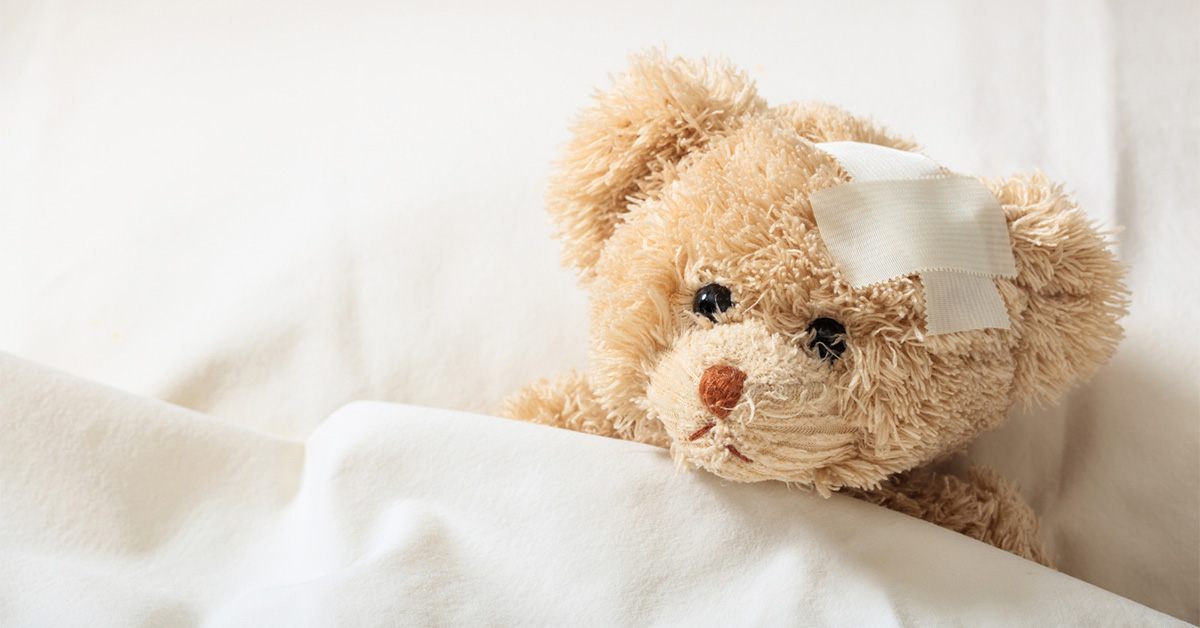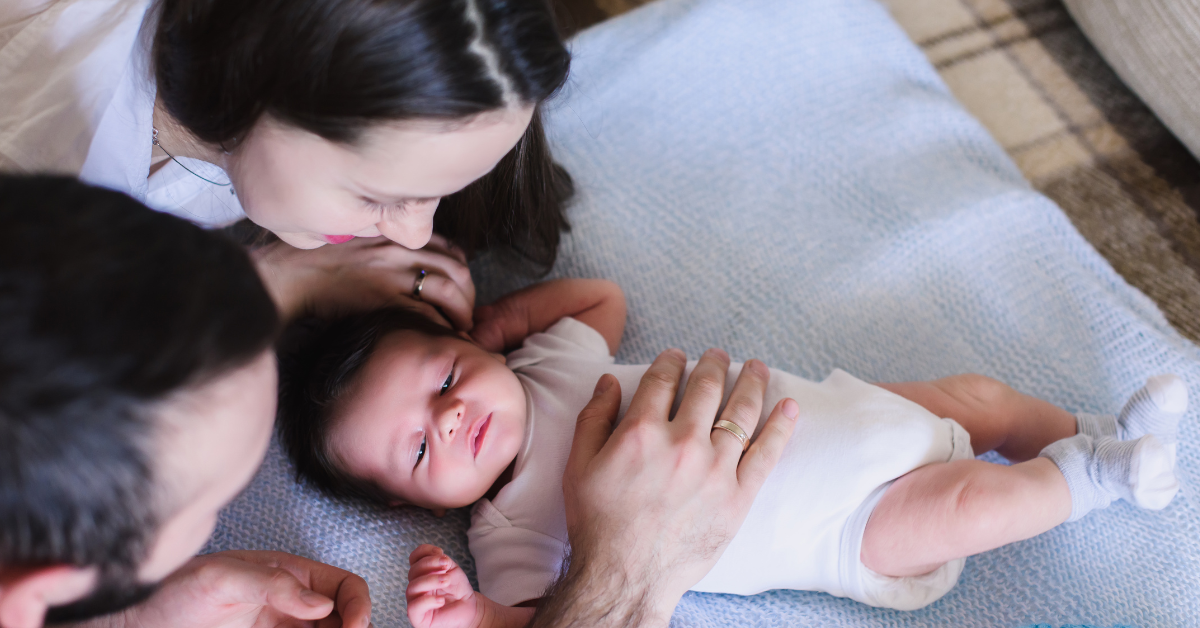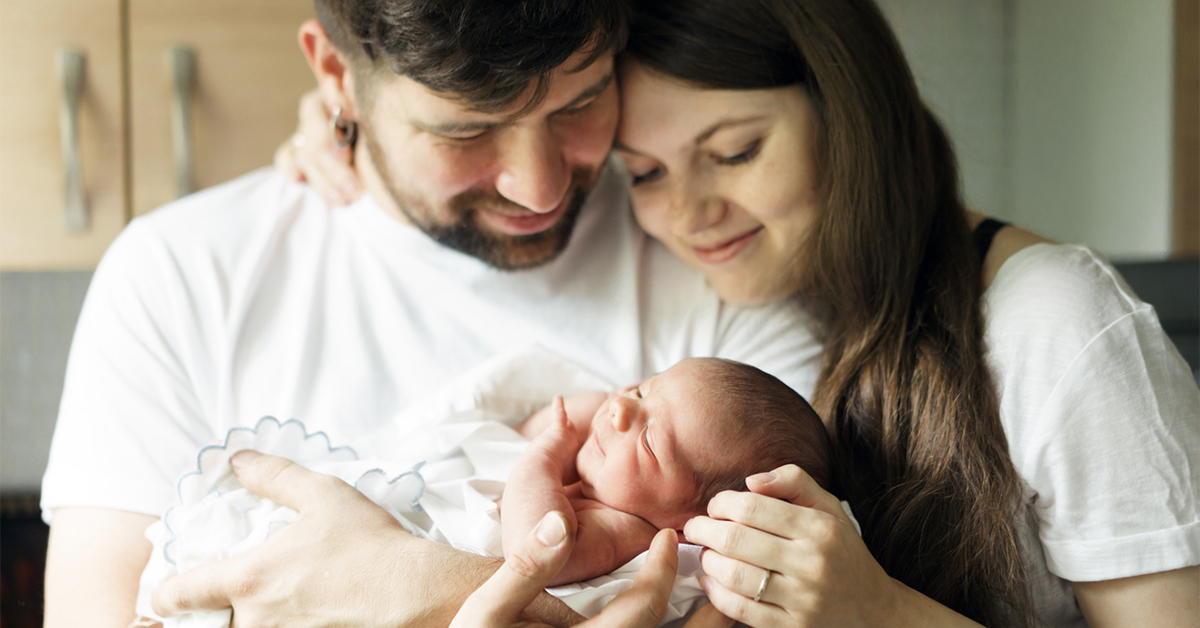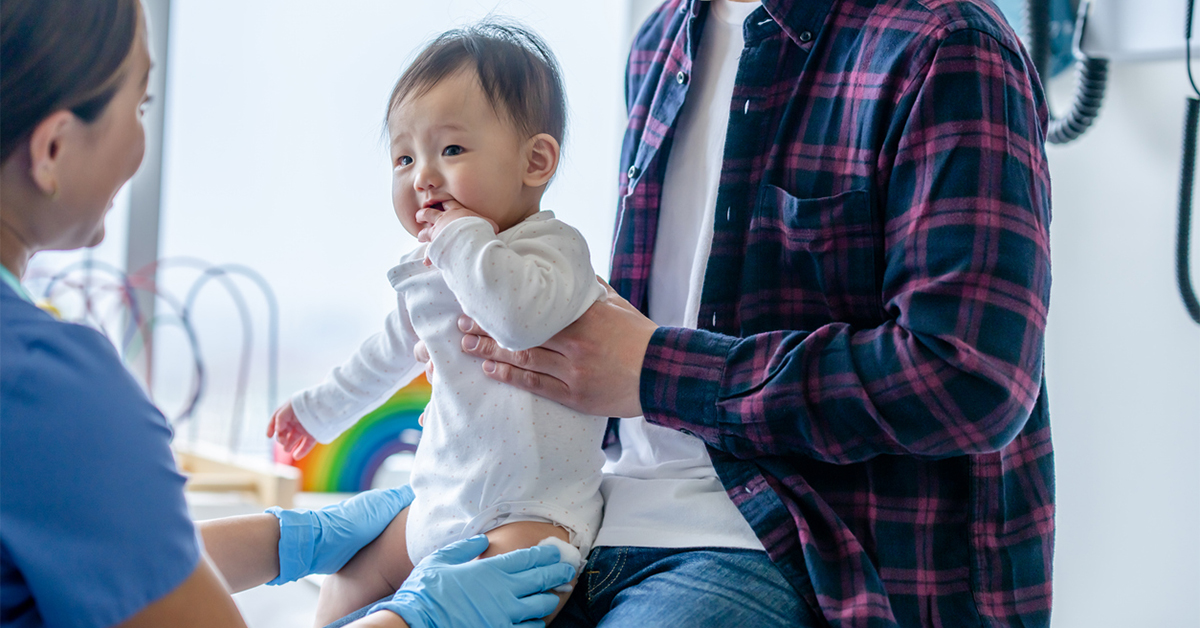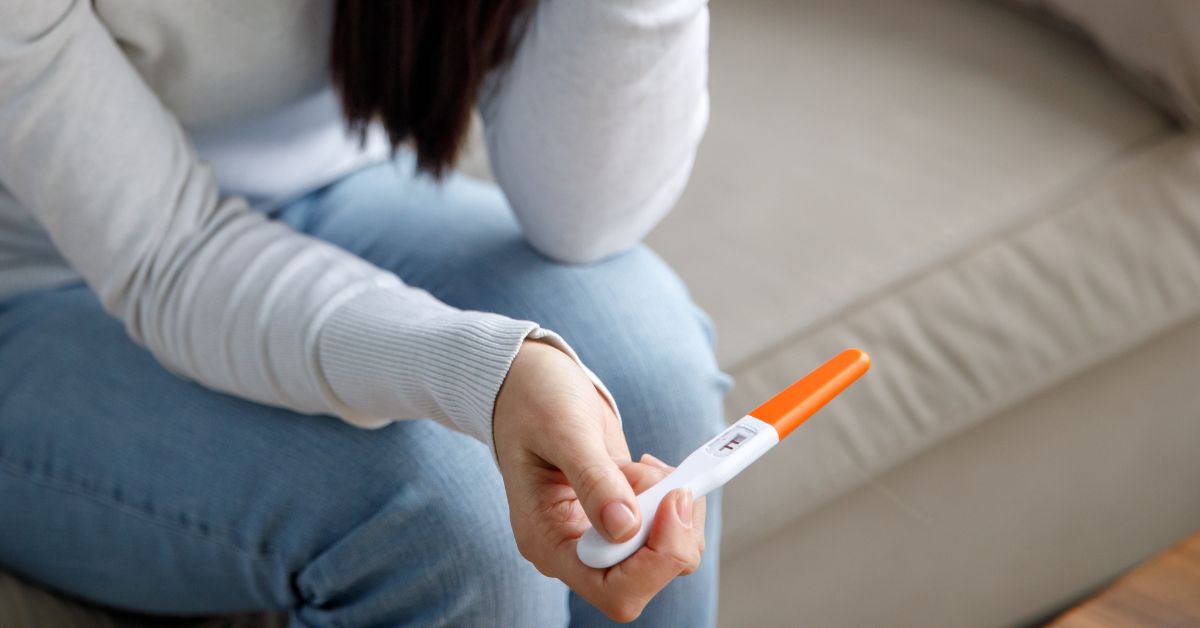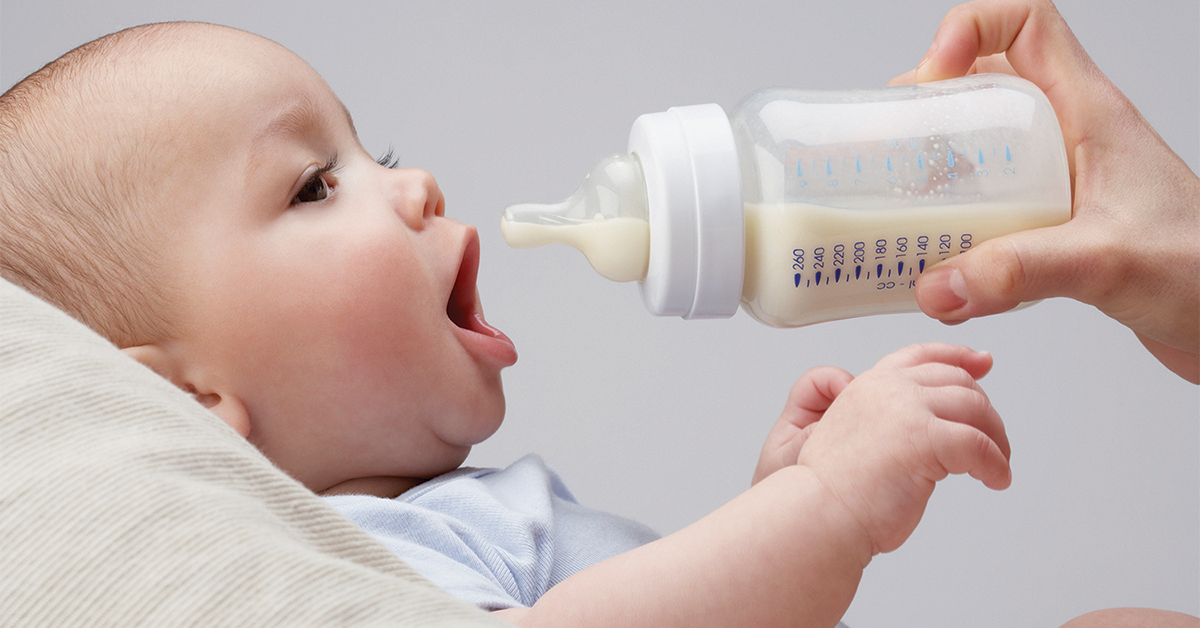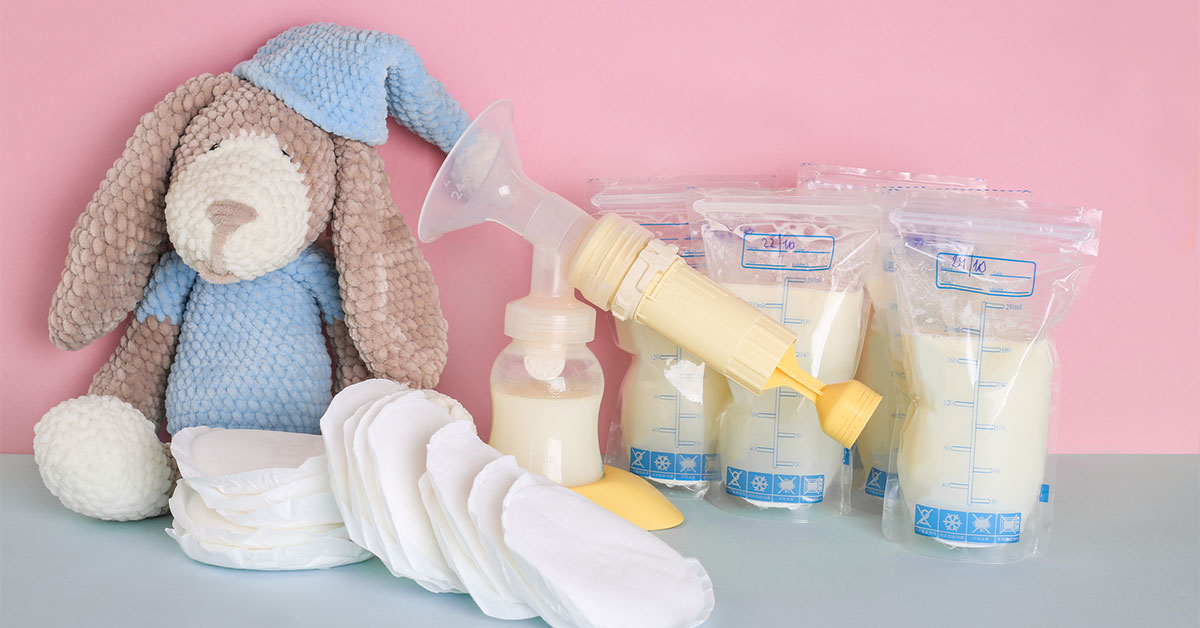Sudden Infant Death Syndrome, or SIDS, is a term that sends chills down the spine of any parent. It’s an unexplained infant death, usually during sleep, of seemingly healthy babies less than a year old. Even though it may seem scary and mysterious, learning about this devastating syndrome can be our best tool in fighting SIDS.
SIDS is the leading cause of death among infants aged one month to one year. The Centers for Disease Control and Prevention reports around 1,500 infant deaths per year in the United States due to SIDS.
Sleep position and SIDS prevention
When it comes to reducing the risk of Sudden Infant Death Syndrome (SIDS), sleep position plays a crucial role. Putting your baby to sleep on their back is one simple yet effective step you can take.
In 1994, the American Academy of Pediatrics started the Back to Sleep campaign, now known as Safe to Sleep®. This initiative promotes placing babies on their backs for every nap and bedtime.
Why does this matter? Sleeping on the stomach was associated with a higher risk of SIDS, so this initiative promoted putting babies to sleep on their backs. Since the implementation of the Safe to Sleep campaign, there’s been an impressive decrease in SIDS rates by over 50%.
Sleeping on the back isn’t just safer; it also doesn’t increase choking risks—a common concern among parents. Research reassures us that healthy infants automatically swallow or cough up fluids during sleep.
Making sure your baby sleeps in a safe position might seem like a small detail, but remember, these seemingly minute details make big differences when protecting our little ones from harm.
Creating a safe sleep environment
Your baby’s sleep environment is crucial in minimizing the risk of SIDS. Be mindful of where and how your baby sleeps.
Avoid soft bedding
Start by providing your infant with a firm sleep surface, such as a CPSC-approved crib mattress with a tightly fitted sheet. While soft bedding may seem cozy, it can pose breathing hazards for infants. Instead of loose blankets in the crib that can cover your baby’s face and interfere with breathing, consider using a wearable blanket for safer sleep.
No extras in the crib
Avoid using pillows, crib bumpers, blankets, or stuffed animals in the crib. They can accidentally suffocate or strangle the baby during sleep.
Their own sleep space
Sharing a bed with adults or other children is risky and associated with a higher incidence of SIDS. Make sure your baby has their own safe sleeping area near your bed, using an approved crib specifically designed for babies. Remember, parent’s beds are designed for full-size, grown humans. Infants need sleep spaces designed for them, too.
“Above all, I urge all parents of newborns to consistently place their baby on their back for every nap and bedtime. This single precaution is paramount in reducing the risk of SIDS taking the life of their child.”
~ Rachel Dubay, MD, Welia Health Family Medicine physician
Additional precautions
Reducing the risk of Sudden Infant Death Syndrome (SIDS) is every parent’s concern. Take note of the extra precautions to keep your newborn safe.
- Pacifier at bedtime: This might sound surprising, but it’s true. Studies suggest having a baby sleep with a pacifier may reduce SIDS risks.
- Skip smoke exposure: Avoid smoking around your infant – second-hand smoke contributes significantly to increased risk levels.
- Avoid overheating: Keep the room temperature comfortable; don’t overdress your baby for sleep.
- Ensure regular prenatal care: Giving birth after 39 weeks reduces risks linked with prematurity.
- Breastfeed if possible: Breastfeeding is linked with a lower SIDS risk.
- Offer tummy time: Tummy time is crucial for strengthening your baby’s muscles, including the neck, shoulders, arms, and back. This not only aids in mobility but also makes it easier for them to lift their head and straighten their arms. These skills are essential for rolling and moving into a safe position and pressingly important during sleep to reduce the risk of SIDS and other sleeping accidents.
More on tummy time
According to guidance from the American Academy of Pediatrics, it is advantageous for infants to engage in two or three brief tummy time sessions lasting 3 to 5 minutes each day. As your baby grows, you can gradually extend these sessions to become more consistent throughout the day. Pediatric experts suggest that by around two months of age, infants should aim for 15 to 30 minutes of tummy time daily. When educating new parents about making tummy time a routine, Welia Health’s physical therapists suggest adding 1-2 minutes at each diaper change during the day.
Read more about the top five moves to help your baby get used to tummy time or download the handout for reference.
Your baby’s safety is paramount
While there is no foolproof method to prevent SIDS, there are many steps parents can take to reduce the risk significantly. By following simple practices, such as placing your baby to sleep on their back and creating a safe sleep environment, you can protect your baby from SIDS.
If you have any questions or concerns about SIDS, please reach out to your Welia Health provider. They want to ensure you have all the information you need to create a safe sleep plan for your baby.



